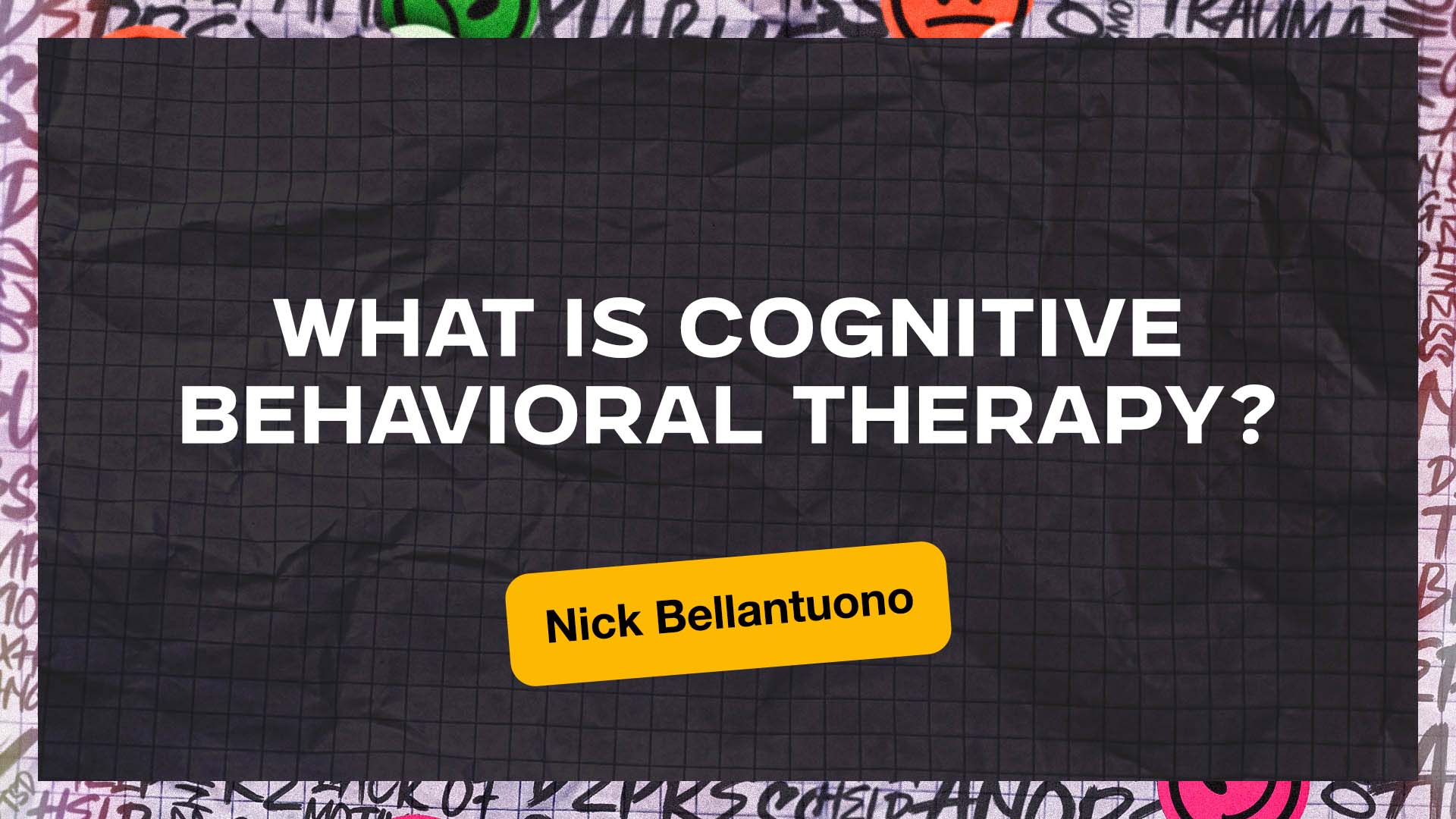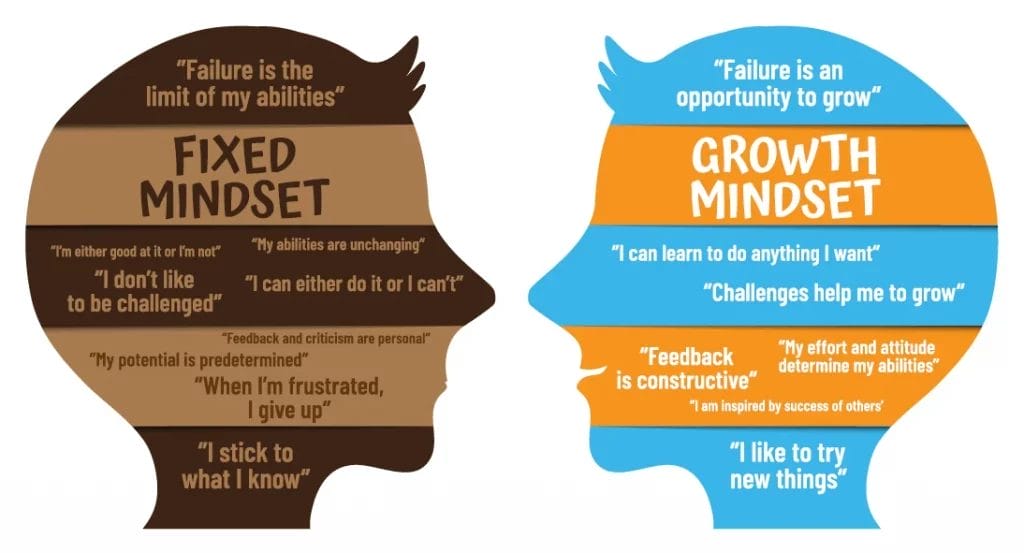What is Cognitive Behavioral Therapy?
Nick Bellantuono, CADC, LCPC | September 16, 2022

This article was written by Licensed Clinical Professional Counselor and Cognitive Behavioral Therapy practitioner, Nick Bellantuono, LCPC, CADC.
Many people often ask; If I go to counseling, what exactly will I do? That question is a bit layered and complex and can involve exploring many different variables. However, one of the primary purposes of mental health counseling is to increase self-awareness. One of the main tools that a mental health professional can share to increase self-awareness is Cognitive Behavioral Therapy.
Cognitive Behavioral Therapy (also called CBT) is a treatment approach that can help explore your thinking and how your thinking patterns (especially negative thoughts) influence your emotions and behaviors. This involves the exploration and reflection of what I am thinking, feeling, and doing and how what I am thinking, feeling, and doing affects my internal and external perspectives in different areas of life.
Our thoughts, emotions, and behaviors comprise the “CBT Triangle” and can be used as a focal point for counseling sessions. Below is a visual diagram of the CBT concept:

Cognitive Behavioral Therapy has several benefits in being used as a treatment approach to counseling. First, CBT is an “action-oriented” form of therapy. This implies that it is “problem-focused” and emphasizes learning coping skills and emotional regulation to address current maladaptive thoughts, patterns and behaviors. Also, CBT has the flexibility to address a variety of issues and diagnoses. CBT has been shown in numerous clinical studies to help treat issues and diagnoses such as anxiety, depression, substance use, and marital/relational problems.
So how exactly does Cognitive Behavioural Therapy help with our mental health? Well, it tries to help us become aware and change dysfunctional thought patterns. For various reasons, our thoughts can sometimes develop an unhealthy paradigm. Some common negative thought patterns include: “all or nothing thinking,” beliefs that things are either all good or all bad; “discounting the positive,” only seeing negative perspectives on people or situations; and using excessive “should statements,” the faulty belief of unrealistic expectations in different areas of life. Often conditions such as anxiety and depression occur because thinking spirals out of control. For example, one mistake at work leads to “I’m going to be fired.” Or a setback can twist into “I never do anything right.”
A mental health professional trained in Cognitive Behavioural Therapy can provide tools that reframe and change negative thought patterns. This type of thinking is often stress-inducing, causing our emotions to become cluttered and lead to uncustomary behavior. Some examples of strategies that can change our thinking include challenging assumptions; applying more factual data to a situation instead of opinion or faulty speculation, and using different mindfulness skills to regulate thinking. Changing our thought patterns is not easy, but it’s also not impossible. Changing the dynamics of our thinking and behavior often involves two things that apply to many changes in life; time and practice.
The psychological and scientific communities have spoken about the importance of our thoughts concerning our health. American psychologist Carol Susan Dweck has studied how our thinking can enhance or limit our perspectives and performance. As a focus point of her research, Dweck compares the differences between a “Growth Mindset” and a “Fixed Mindset.” A fixed mindset is described as a limited perspective on self and situation. In this static approach, people believe their intelligence is fixed, and results are almost predetermined. On the contrary, people with a growth mindset believe their intelligence and talents can be improved through motivation, effort, and engagement in the trial and error of the learning process. Recent studies and development in neuroscience (the science that explores the brain and nervous system) also continue to confirm the fluidity and plasticity of the brain throughout life.
Here’s a video that explains Growth and Fixed Mindsets:
Below is a diagram of the difference between a Fixed and a Growth Mindset:

The Willow Creek teaching series You’re Not Alone references Mark 12:30 as a guiding reminder of the importance of mental health. “And you shall love the Lord your God with all your heart, and with all your soul, and with all your mind, and with all your strength.”
Our thoughts are important, and the trajectory of our thought patterns can, and usually does influence our emotions, behaviors, and overall perspective. While there are many quality models for counseling, Cognitive Behavioral Therapy is a fundamental approach that can empower people seeking help with the tools needed to create and maintain change in different areas of life. Again, You’re Not Alone; change is possible.
You may also like our helpful guide, How To Find A Counselor and What To Expect.
For more practical ways to deal with mental health issues, and stories of others who have been there too, go here for our full list of resources.
Curious what God thinks about mental health? See our article by a Willow Creek campus pastor and professor of theology.
